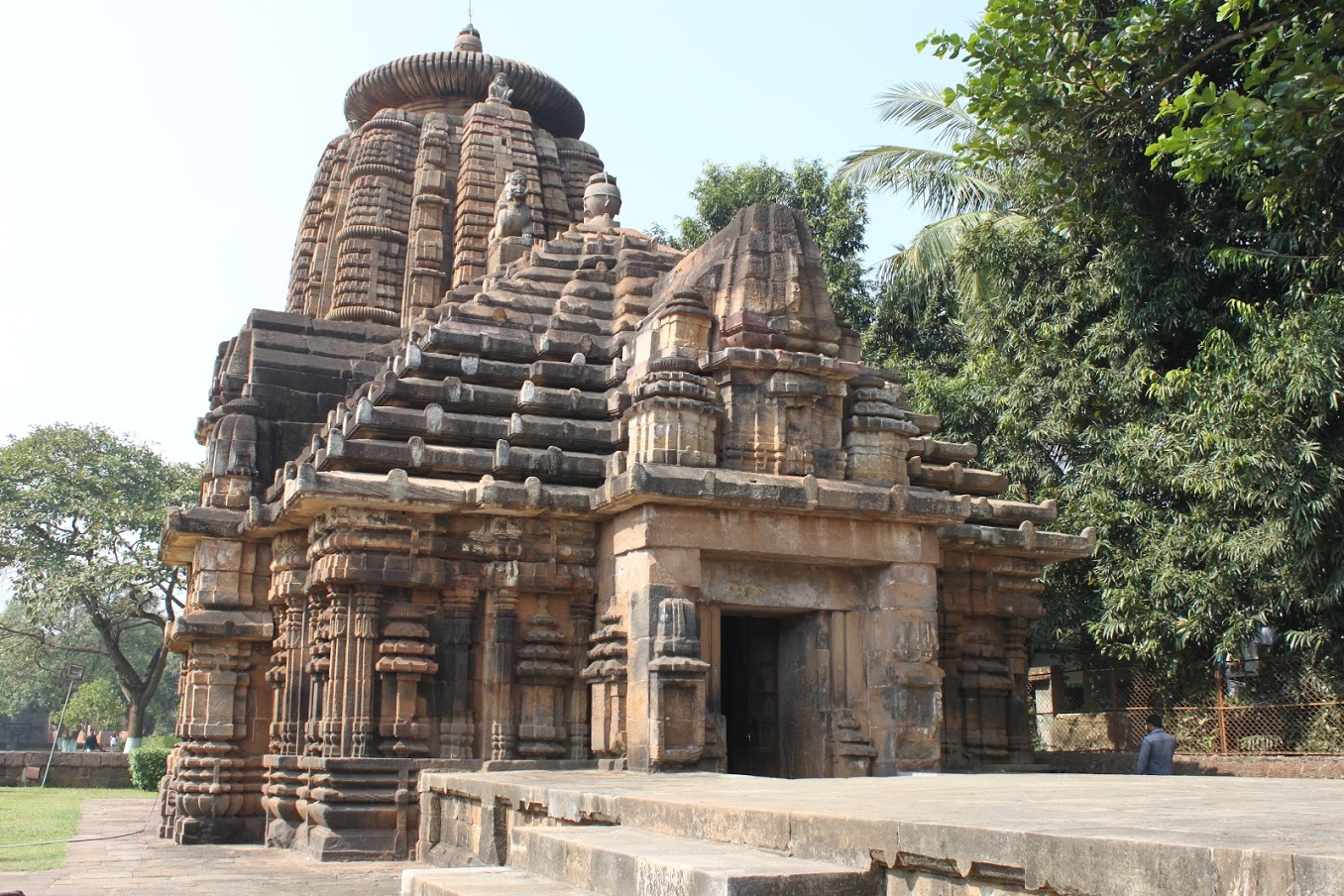Siddhesvara Temple is situated in the same complex as that of the Mukteshvara Temple. The compound has many other small shrines and was earliesr known known as Siddhesvara-vana. The present temple is built over an older shrine, where the latter was was praised in Ekamra Purana. Mitra1 tells that though neglected now, it was once a very sacred spot. Ekamra Purana tells that the temple has been erected by Vishvakarma by order of Vishnu as the latter attained siddhi through blessing of Shiva at this spot. The presiding deity is therefore known as Siddhesvara. It is also mentioned that whoever worships the lord here will attain siddhi. Thus, the locality came to be known as Siddhesvara-vana.
The temples of the period of late 11th century CE and 12th century CE started appearing plain on the outside unlike to the earlier temples which were exquisitely embellished on the outside. Siddhesvara temple is also devoid of decoration at its outer walls however it presents a grandeur appearance due to its impressive height. The temple is composed of a deul and jagamohana. Deul is built in pancha-ratha style and composed of bada, jangha and gandi. Pabhaga is composed with five mouldings, a standard count on the temples of this period. Jangha is divided into two storeys separated by a bandhana frieze.
Kanika and anartha pagas have closed niches on its two storeys, however the raha paga is designed as a single storey containing a single niche. Except parshva-devata images in the raha-niches, the temple does not have any other image. Among the parshva-devatas, only Ganesha and Kartikeya has survived. Baranda is built with seven mouldings marking the separation between the jangha and gandi very prominent. Gandi has anga-shikharas on its first bhumi (floor), which are rather flattened.
Jagamohana is built in pancha-ratha style. Pabhaga has five mouldings. Its jangha has single story. Baranda has three mouldings. Kanika and anartha paga have closed niches. Raha paga has a gavaksha (window) flanked by two heavy pilasters on either side. The gavaksha is divided into two storeys. The upper storey has a niche however it does not have any window but instead the baranda mouldings continue inside it. The lower niche has a window with five balusters inside. The pidha style roof of the jagamohana is built in fourteen storeys.
Overall, the Siddhesvara temple marks the start of a new idiom where the height of the temple progressively heightened however at the same time, embellishment on the external facade is considerably reduced. The overall effect was an impressive symmetry unbroken by the images inserted at intervals. The reasons for “no decoration” scheme are not certainly known however we cannot rule out that sponsorship from royal and wealthy merchant community soon dried up or reduced considerably and thus monumental decorations might not be conceived in the overall design of the temple.
References:
1 Mitra, R L (1875). The Antiquities of Orissa vol II. Indian Studies. Kolkata. p 159

